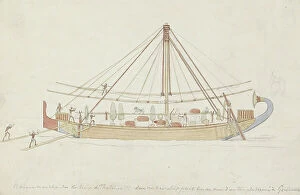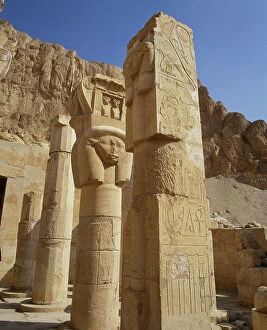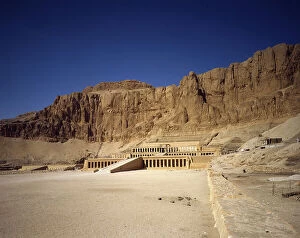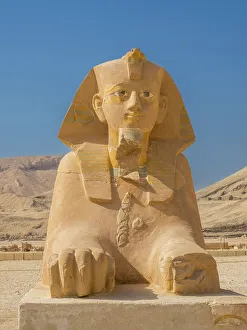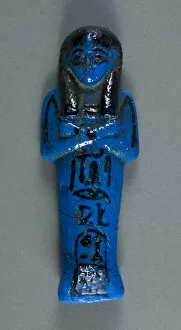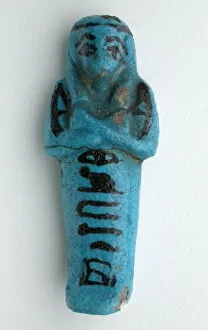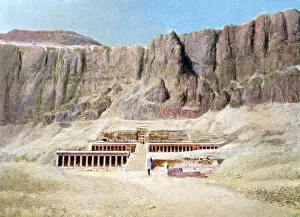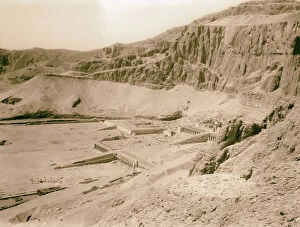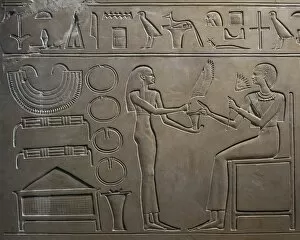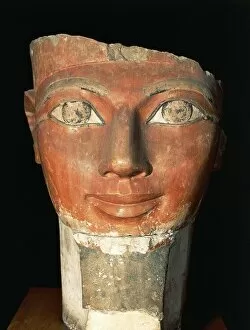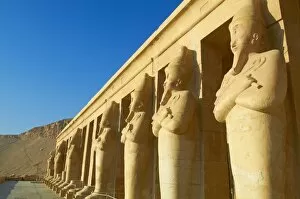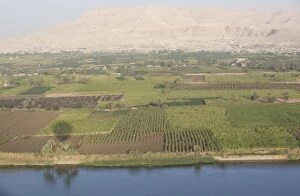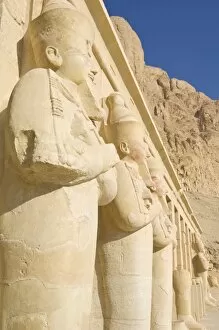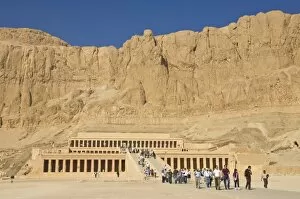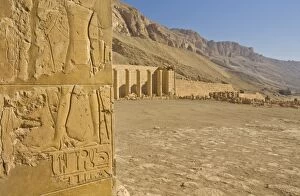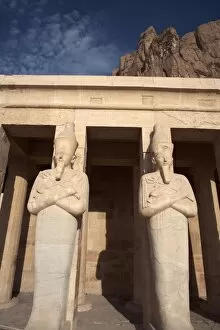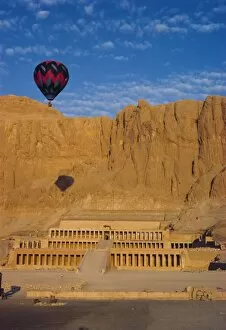Deir El Bahari Collection
Deir el Bahari, located in Thebes, Egypt
For sale as Licensed Images
Choose your image, Select your licence and Download the media
Deir el Bahari, located in Thebes, Egypt, is a mesmerizing UNESCO World Heritage Site that holds within its walls the rich history and cultural treasures of ancient Egypt. One of its most prominent features is the magnificent Temple of Hatshepsut, an architectural marvel that stands as a testament to the power and influence of one of Egypt's few female pharaohs. As you wander through this sacred site, you will come across various artifacts that offer glimpses into the lives of those who once walked these hallowed grounds. The Shabti figurines of Henuttawy and Tchenetipet from the Third Intermediate Period transport us back in time to an era when these small statues were believed to serve their owners in the afterlife. The East Wall reveals a captivating harvest scene depicted with intricate detail on tomb paintings from Sennedjem's final resting place. It beautifully captures the essence of agricultural life during ancient times and showcases their deep connection with nature. A striking relief depicting either Hatshepsut or Tuthmosis III adorns one wall – painted limestone preserving their legacy for eternity. This artwork serves as a reminder of their reigns' grandeur and accomplishments. The scale model boat discovered at Deir el-Bahari inside Meketre's tomb offers insight into ancient Egyptian maritime practices. Craftsmanship shines through every meticulously carved detail, transporting visitors back to a time when boats played a vital role in trade and exploration along the Nile River. Another remarkable artifact found here is King Amenhotep I portrayed as Osiris – an important deity associated with rebirth and resurrection. This limestone sculpture reflects both religious beliefs and royal iconography prevalent during his rule around 1510 BC. Harvest scenes depicted on wall paintings dating back to 1306-1290 BC further immerse us in daily life activities such as farming, gathering crops, and celebrating bountiful harvests - providing a glimpse into the ancient Egyptians' agrarian society.

